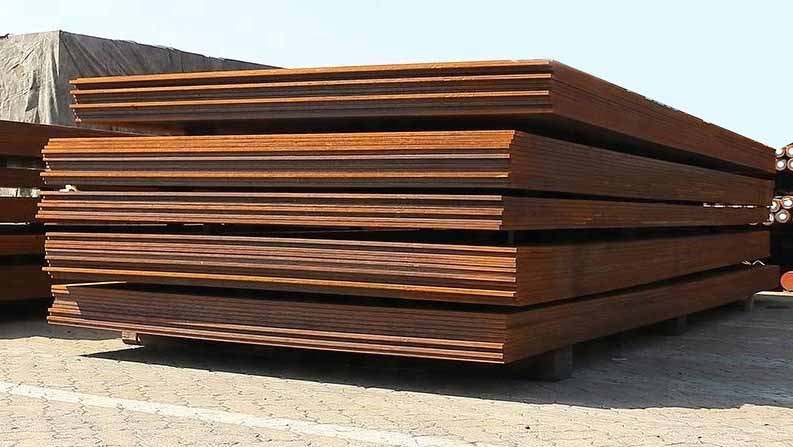
3 minute read
The Ultimate Guide to Wear Plates: Properties, Applications, and Benefits
Regardless of its nature, every industry has specific equipment that comes in contact with abrasive and high-impact materials. In such cases, these components must withstand harsh conditions and maintain their integrity for prolonged periods. That's where wear plates come to the rescue. You might wonder what wear plates are. In essence, wear plates are hardwearing solutions specially designed to enhance the equipment's lifespan, durability, and performance. This ultimate guide will explore the properties, applications, and benefits of wear plates.
Properties of Wear Plates
Wear plates are made from various materials, including ceramics, carbon steel, stainless steel, and other alloys. The choice of material depends on the intensity and nature of abrasion and the impact the equipment is subjected to. These plates are further enhanced with essential properties to bear the highly demanding conditions, including:
Hardness: The hardness rating of wear plates ranges from 400 to 600 BHN (Brinell Hardness Number). The higher the BHN rating, the more excellent the resistance to wear.
Tensile strength: Stainless steel wear plates have a higher tensile strength of up to 450 MPa—the measurement of the force required to pull the vessel apart.
Weight: Wear plates must be light to prevent the equipment from being weighed. The weight is specific to the material of the wear plate used.
Applications of Wear Plates
Industries that specific material handling systems require wear-resistant equipment components. Here are the primary applications of wear plates.
Mining: In the mining industry, wear plates are used on equipment that handles abrasive materials such as rocks, coal, and minerals. These plates can be found on chutes, transfer points, and conveyor systems.
Agriculture: Heavy-duty farming and crop processing equipment wear plates on aprons, plows, and feeder systems, ensuring prolonged durability.
Construction: Excavators, bulldozers, and other construction equipment rely on wear plates to reduce wear and extend the service life of components that come into contact with soil, rocks, or other debris.
Benefits of Wear Plates
Long-lasting: As the name suggests, wear plates are highly durable and can withstand the harshest conditions, ensuring longer equipment life.
Highly-Resistant: Wear plates resist abrasion, impact, and corrosion and provide superior protection to the equipment.
Low Maintenance: Thanks to the long lifespan and high durability of wear plates, they need minimal maintenance, reducing equipment downtime.
Improved Performance: Wear plates boost equipment performance and reduce the need for frequent repairs and replacements, improving the overall efficiency of the equipment.
Conclusion:
Wear plates provide essential protection to equipment, promote durability, and maintain performance. They play an integral role in various high-abrasion industries and enhance the lifespan of their components. Choose the right wear plate for your application, promote equipment durability, reduce downtime, and improve overall performance.
(For online round bar calculator visit our page - round bar weight chart.)

